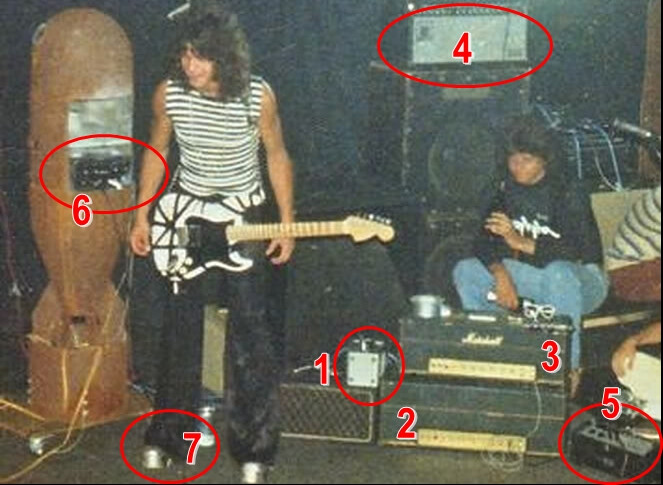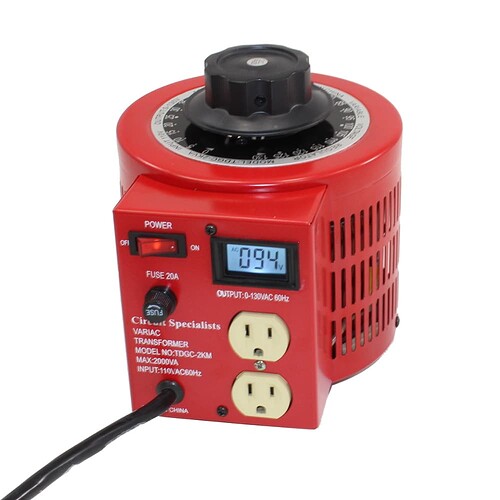This may be a stupid question and I did try to search for it, but didn’t really find something relevant directly to this question.
Note: This came about from trying to understand the plant’s experience in order to design small changes that may have tangible benefits (without increasing costs). I unfortunately don’t have the space to grow right now, so I can’t test this myself, but maybe someone can humor me?
Basically, the question is, has anyone used dimmers to better simulate sunrise and sunset, rather than having the lights go full on/off when beginning ending the light cycle for the day?
It may not make a difference, but if you think about the difference between waking up to light slowly peaking through your blinds vs someone waking you up with an interrogation-esque light. It would definitely negatively effect a person (and create a stress response), but would this also effect plants and create a stress response?
Perhaps having lights dim both at the beginning (slowly ramp up to full brightness) and end of the light cycle (slowly wind down the lighting rather than instant lights out) help reduce a potential stressor we don’t realize is even taking place (because it’s mainly how it’s been done in the past)?
Just curious, if this has already been covered I would appreciate a point in the right direction. I thought maybe this would better mimic the sun (since it doesn’t just pop on and off in nature).
Feel free to shit on this if it’s a dumb/useless question as well. I’m just interested in finding low cost ways to create better environments for plants to express their best potential (and resin).

